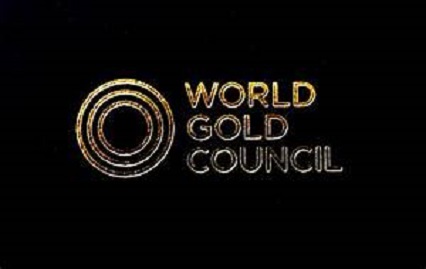Jewellery and investment demand is expected to continue its post-pandemic recovery in the second half of the year

Consumer investment in gold increased in the second quarter of 2021, but some investors were less bullish, according to the World Gold Council’s latest Gold Demand Trends report. The two forces helped create a gold demand of 955.1t over the quarter – a 9% rise from Q1 2021, and in line with the equivalent period last year (960.5t).
Between April and June, most traditional indicators of consumer gold purchasing were positive. Bars and coins – a category of physical gold products overwhelmingly bought by retail investors – saw a fourth consecutive quarter of year-on-year gains, with 243.8t purchased over the three-month period.
Meanwhile consumers bought gold jewellery with a combined weight of 390.7t** – 60% more than the equivalent quarter last year.
While both consumers and retail investors were purchasing again, institutional investors were less consistent. There were only modest net inflows of 40.7t during Q2 into gold Exchange Traded Funds (ETFs) – financial instruments backed by physical gold whose flow “swings” are often driven by institutional buyers. These inflows only partially offset the heavy outflows the industry witnessed in the previous quarter, making 2021 the first time since 2014 with net outflows in the first six months of the year.
Central banks continued to buy gold throughout the quarter. Global gold reserves grew by 199.9t in Q2.
Outlook for second half of year
Looking forward, the World Gold Council estimates jewellery demand could be in the range of 1,600 to 1,800t for the year, well above 2020 levels, but below its five-year average. Investment demand should be in the region of 1,250 to 1,400t – slightly less than last year but in line with the ten-year average. Central banks are likely to continue buying gold on a net basis in 2021 at the same rate or above that of 2020, and the supply of gold in 2021 is expected to increase modestly, when compared to the previous year.
Louise Street, Senior Markets Analyst, WGC, said: "As the global economic recovery continues, we have been encouraged to see consumer demand returning, with strong year-on-year growth in jewellery. But investment is a more complex picture. Despite evidence of strategic buying from both individuals and institutions, tactical investors had a more mixed impact in the first half of the year. This was partly seen through gold ETFs where inflows in the second quarter only slightly dampened the effects of the preceding quarter’s sell-off.
Looking ahead, we expect continued improvement in the consumer elements of demand for the rest of the year. And while ETFs will most likely not repeat the record performance of 2020, the need for effective risk hedges and the continued low-rate environment supports our view that investors will add to their strategic allocations throughout the rest of the year."
Key findings included in the latest Gold Demand Trends report for Q2 2021 are as follows:
Overall demand (excluding OTC) declined in Q2 by 1% year-on-year to 955.1t
Key findings included in the latest Gold Demand Trends report for H1 2021 are as follows:
Be the first to comment